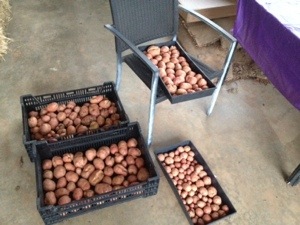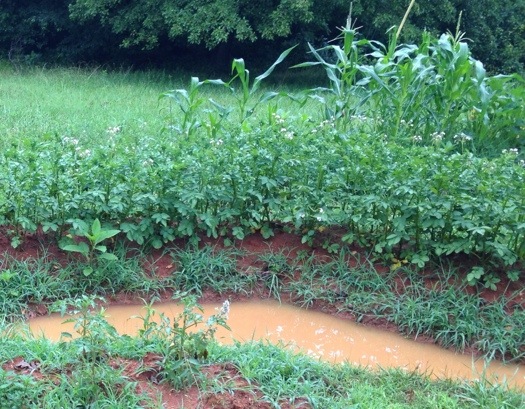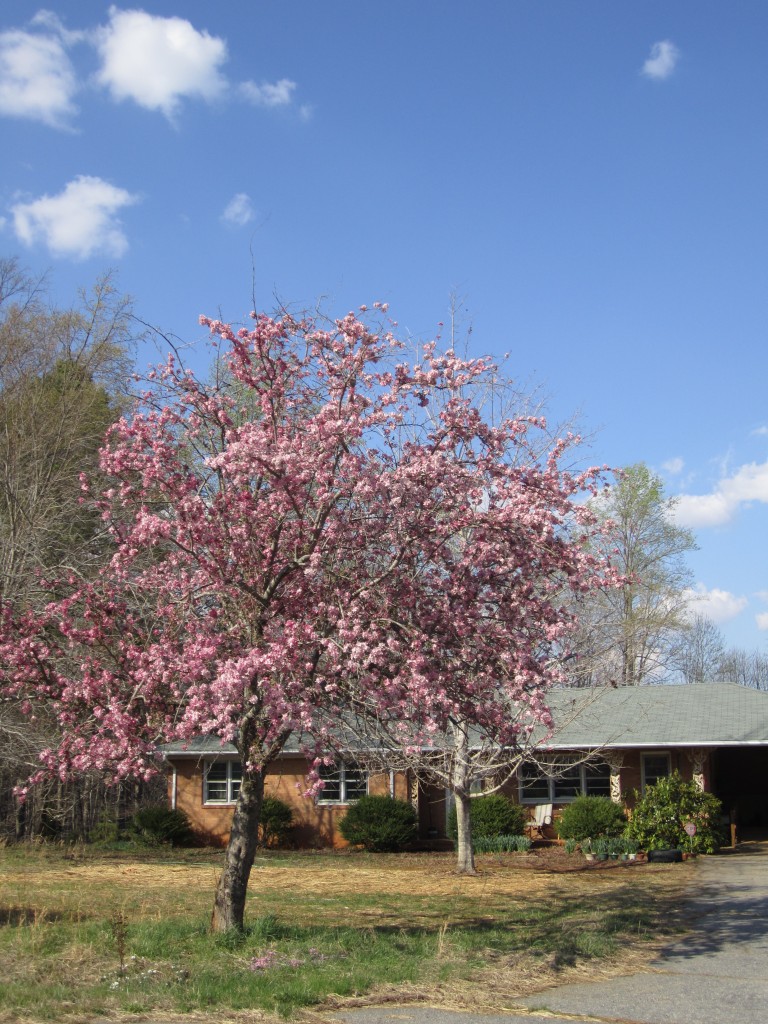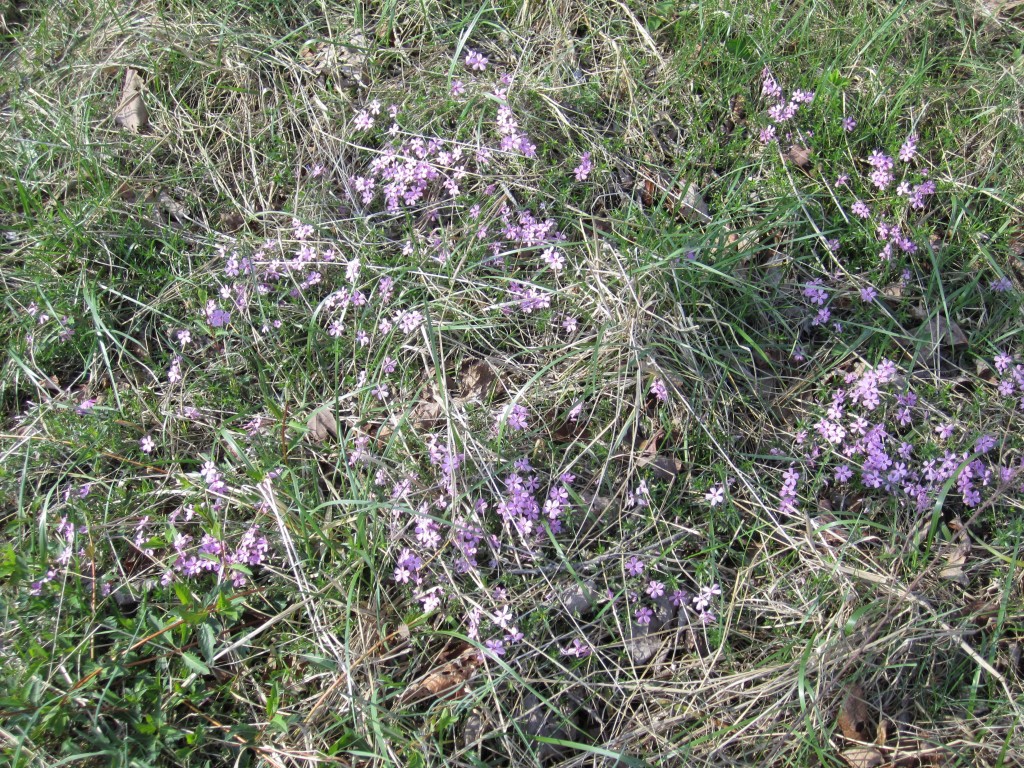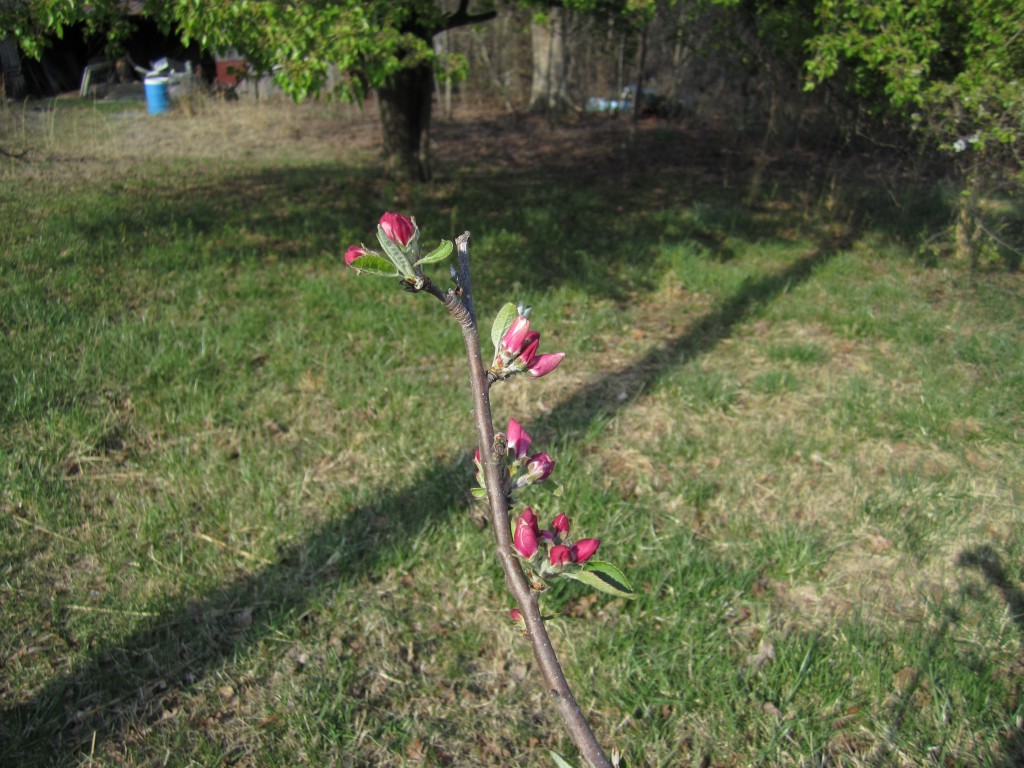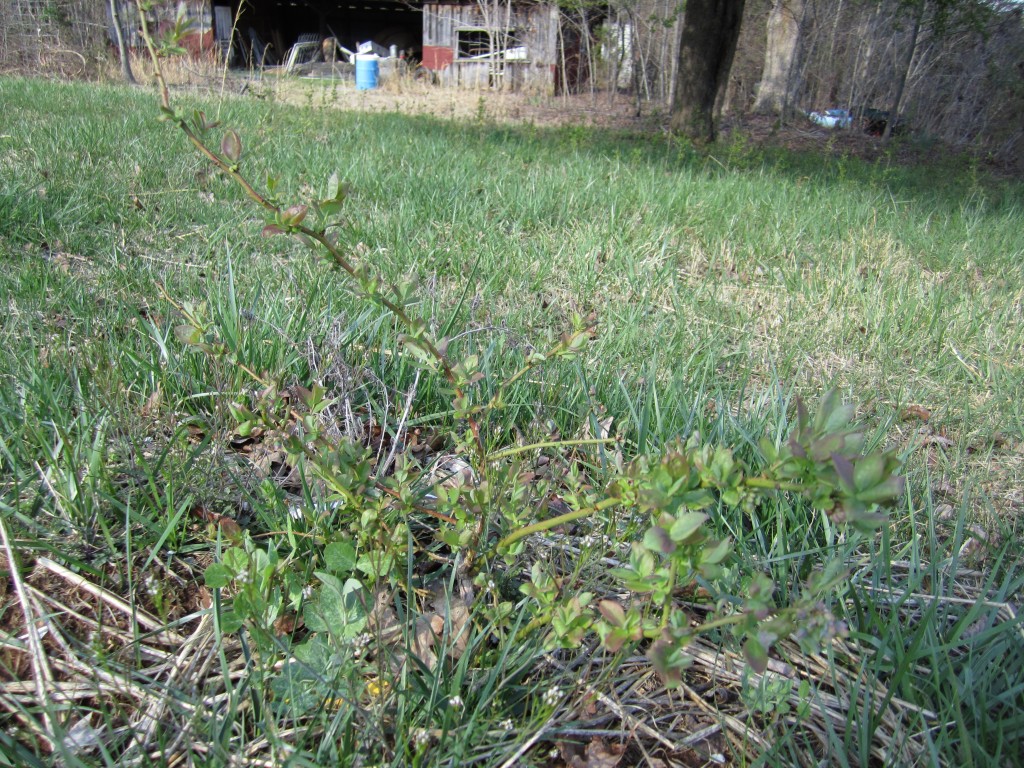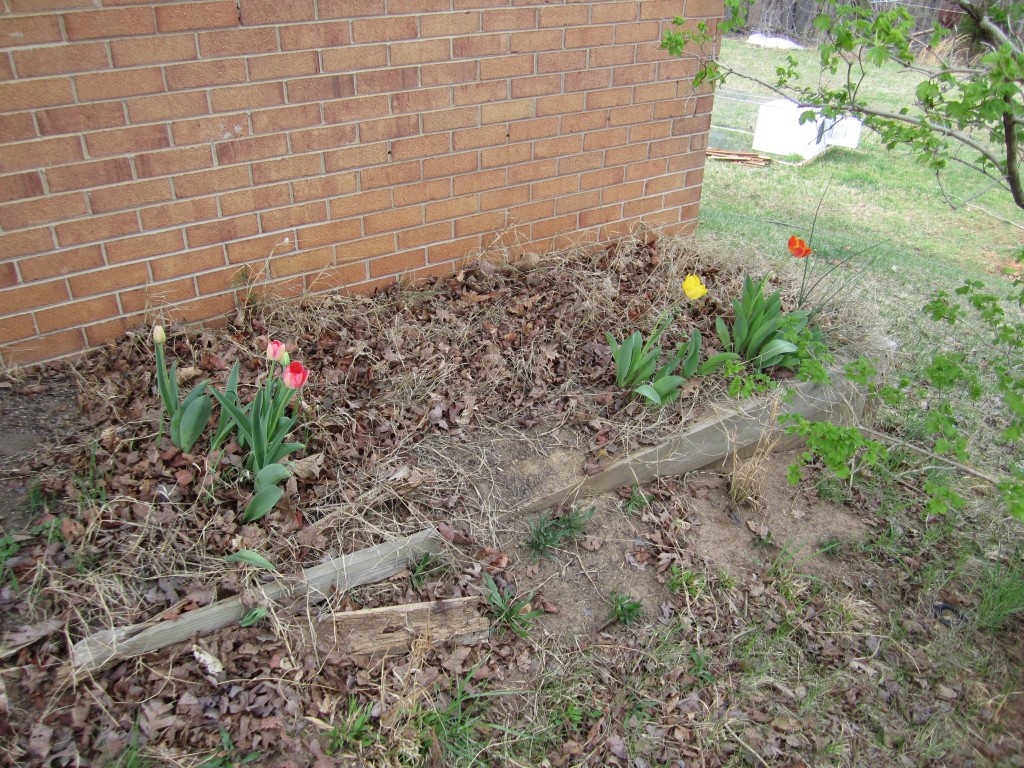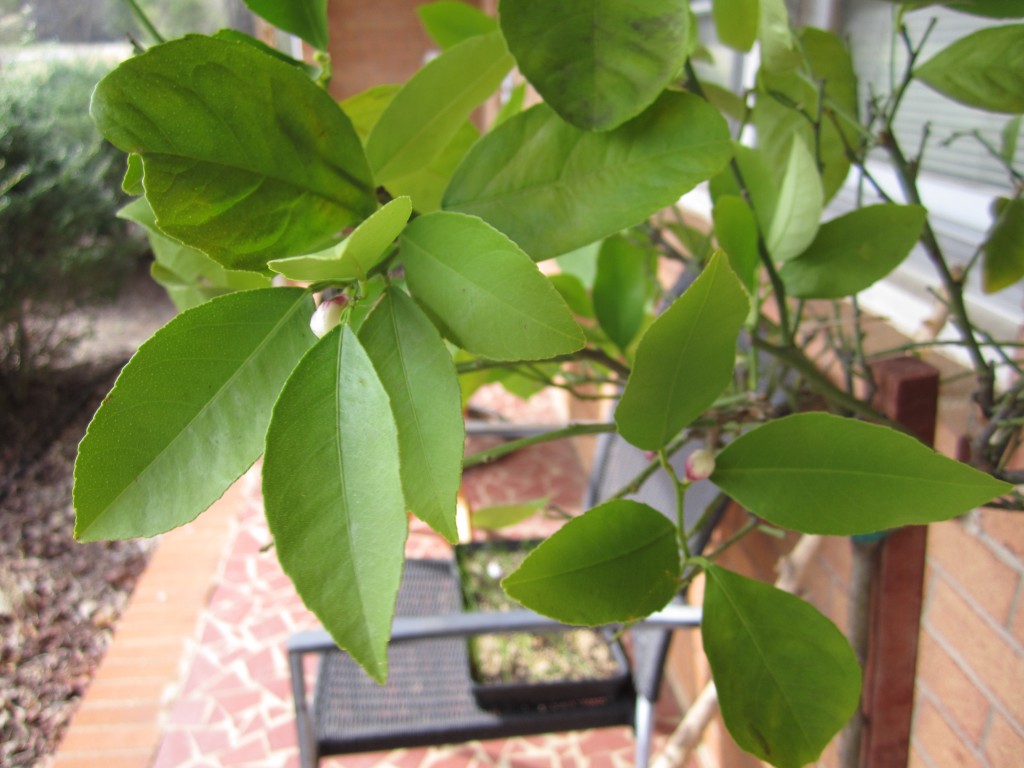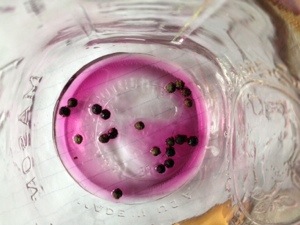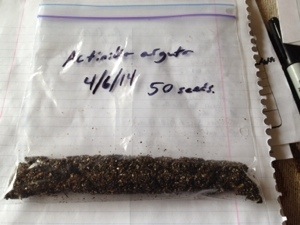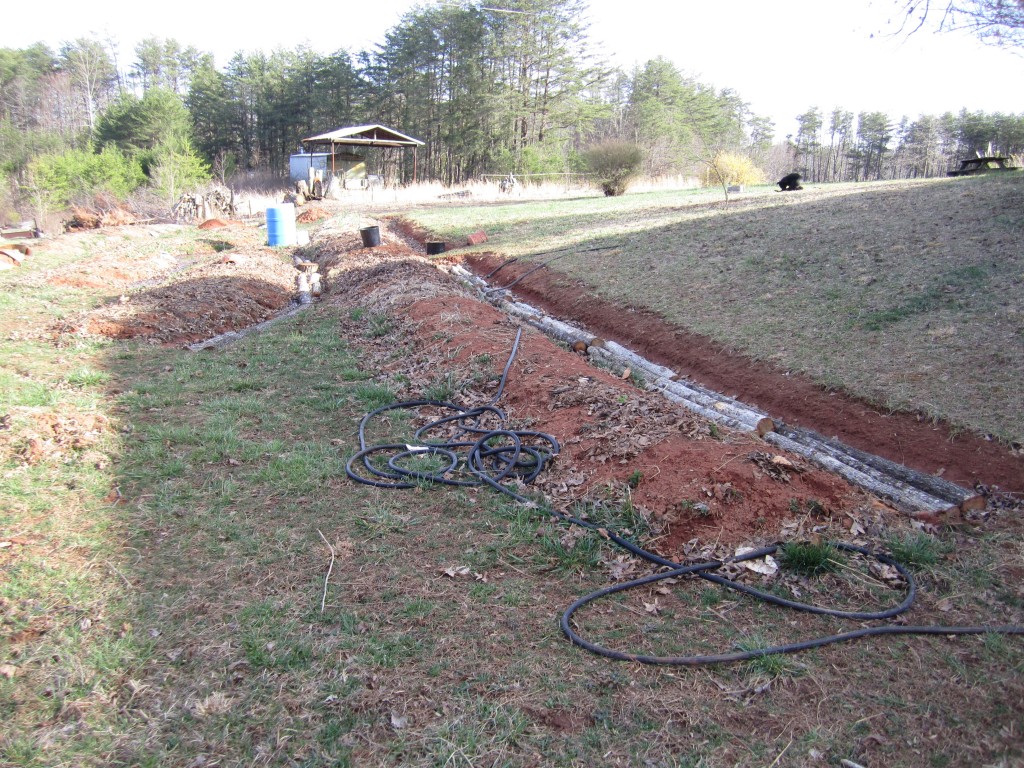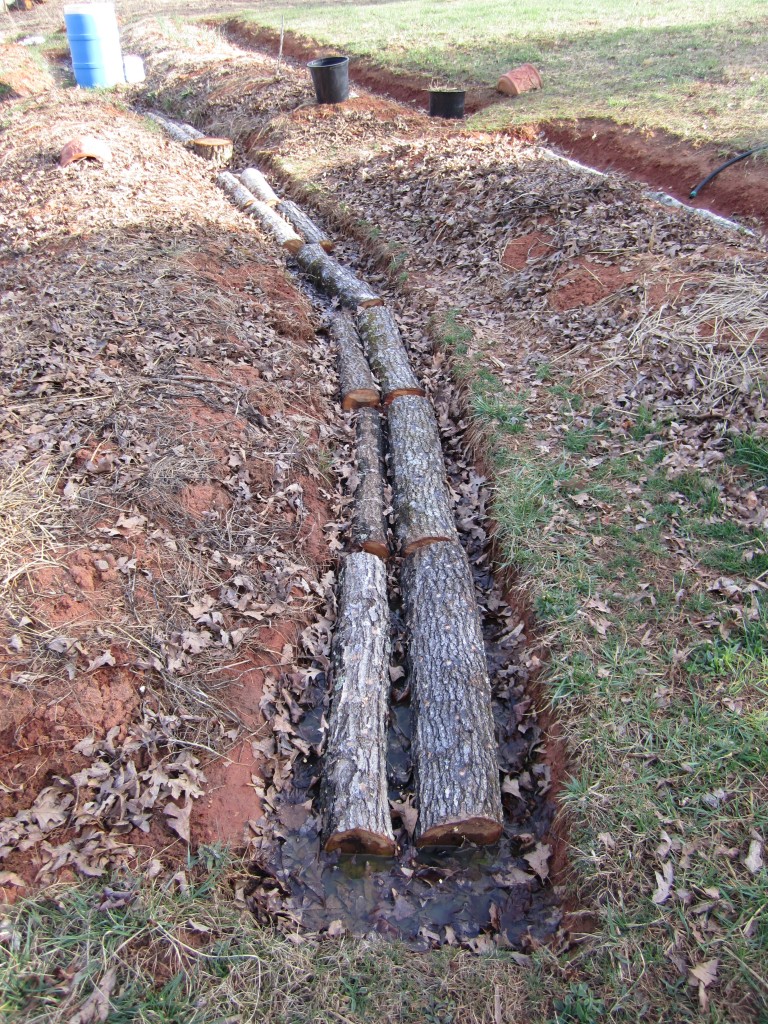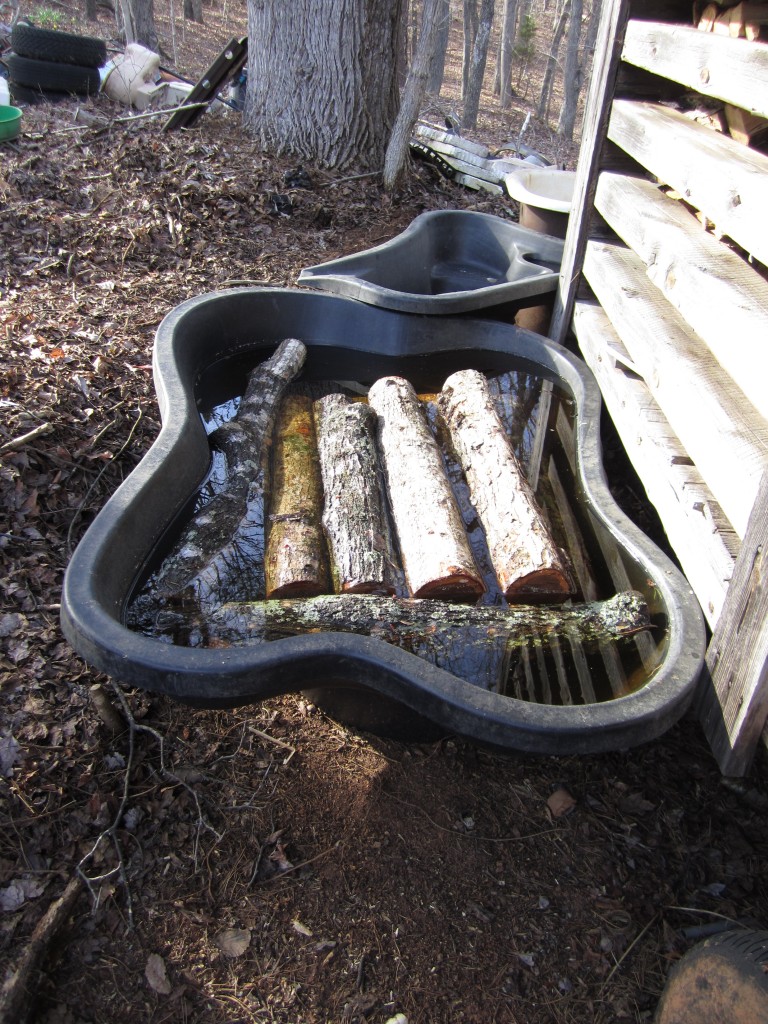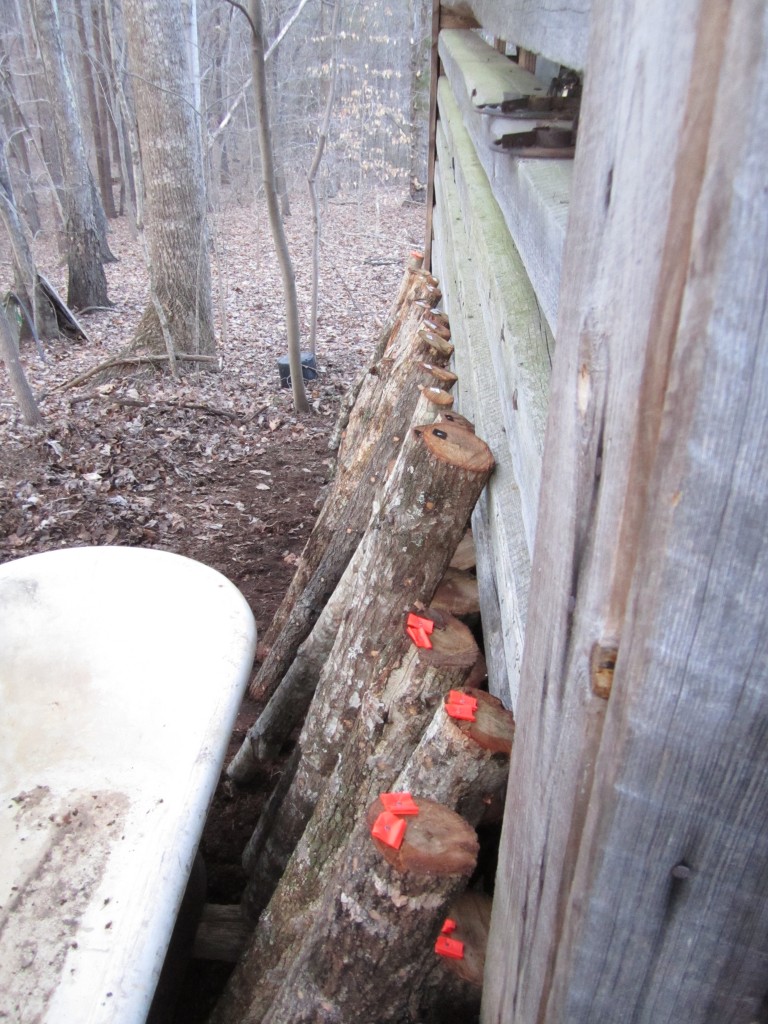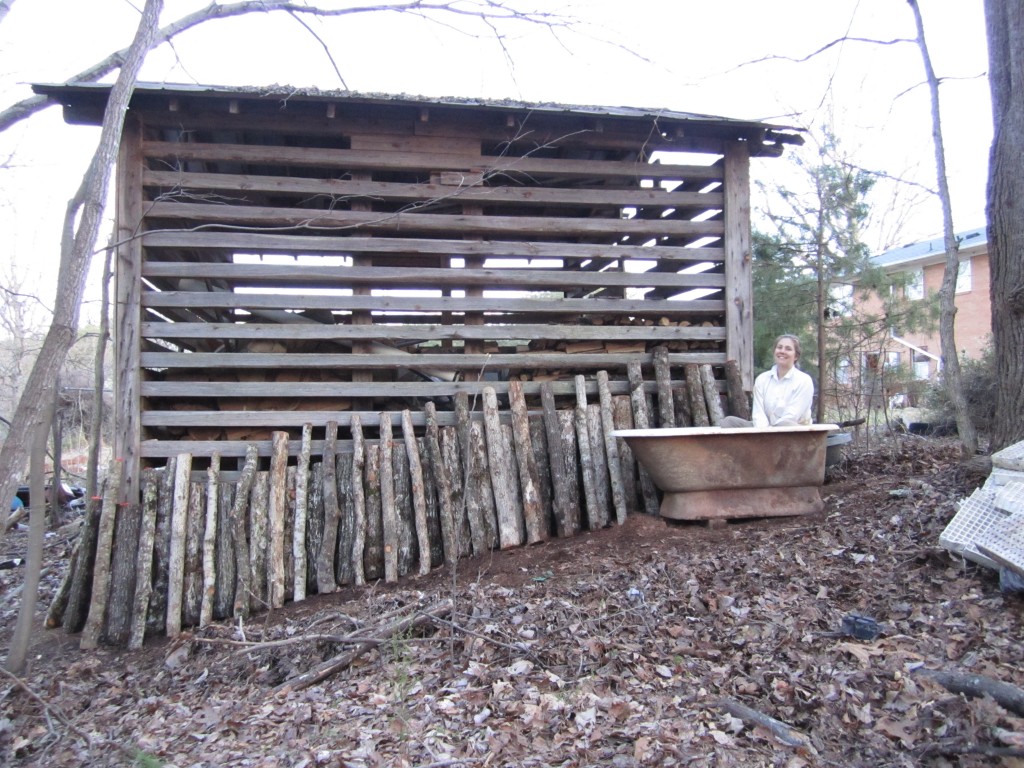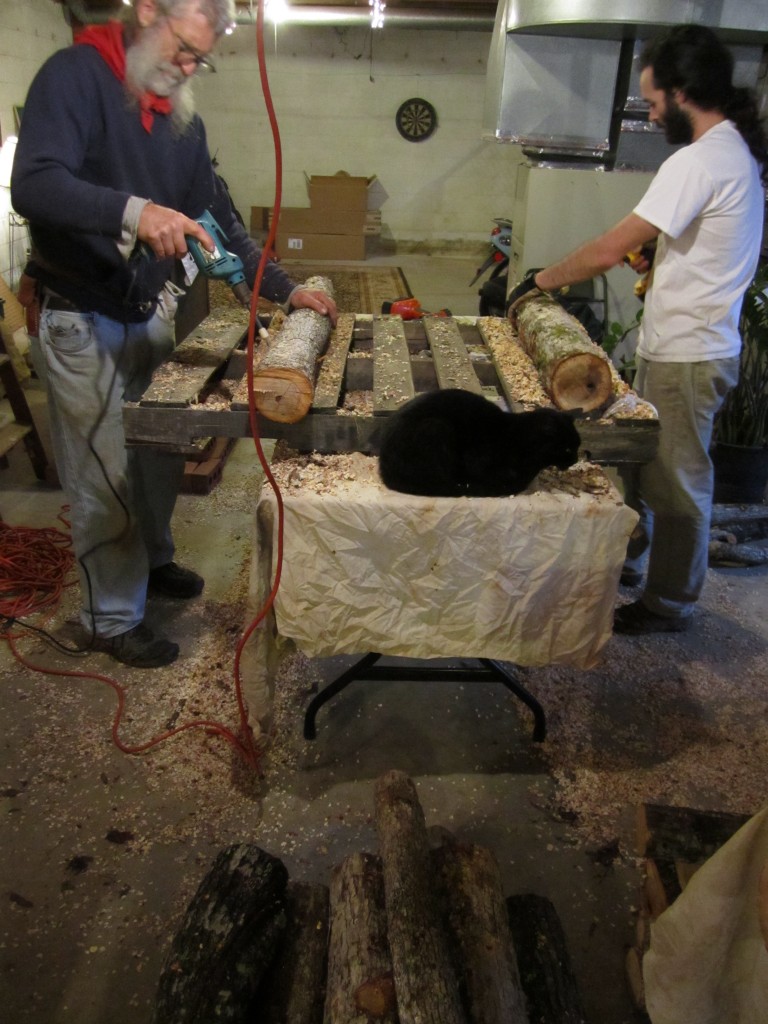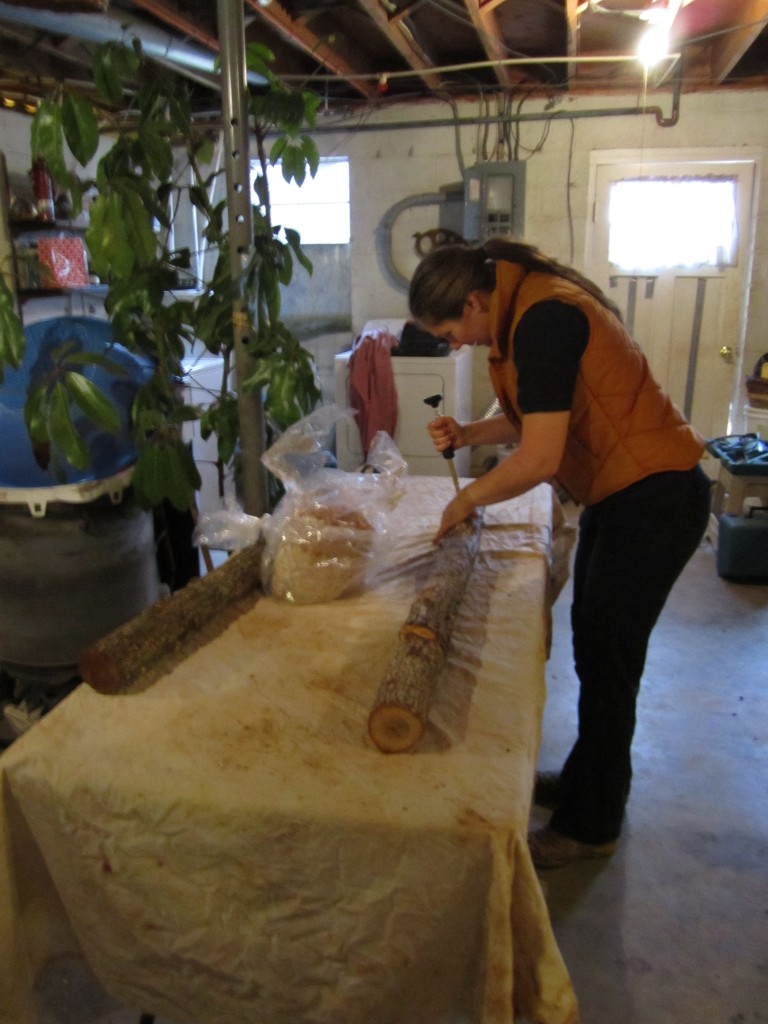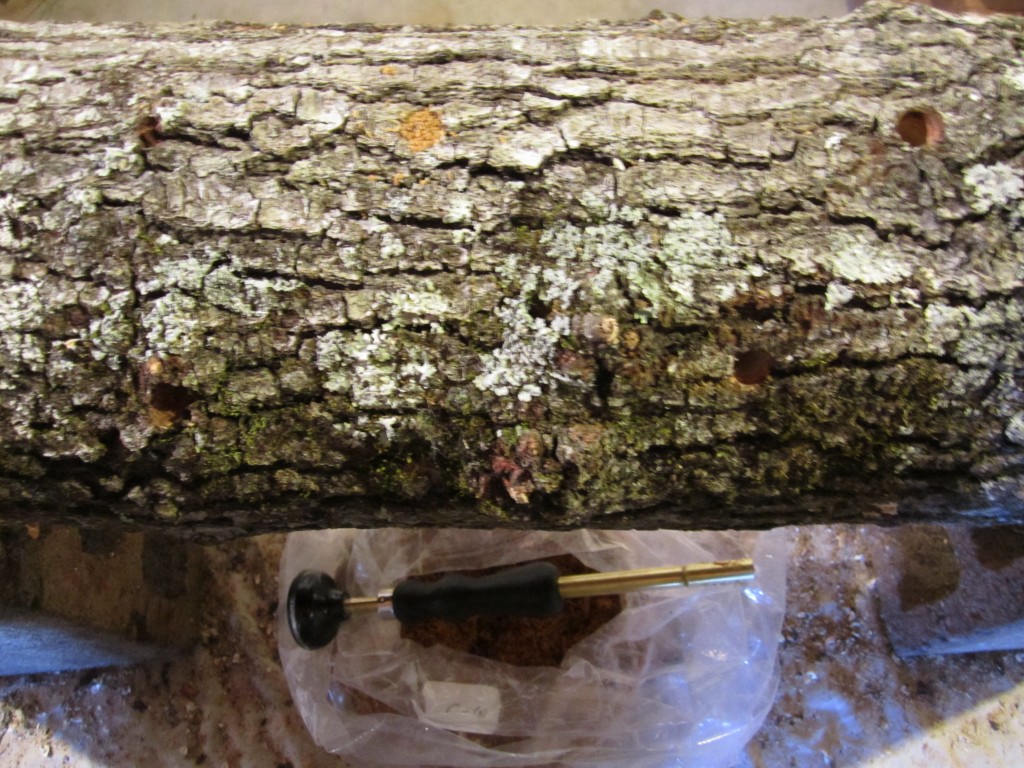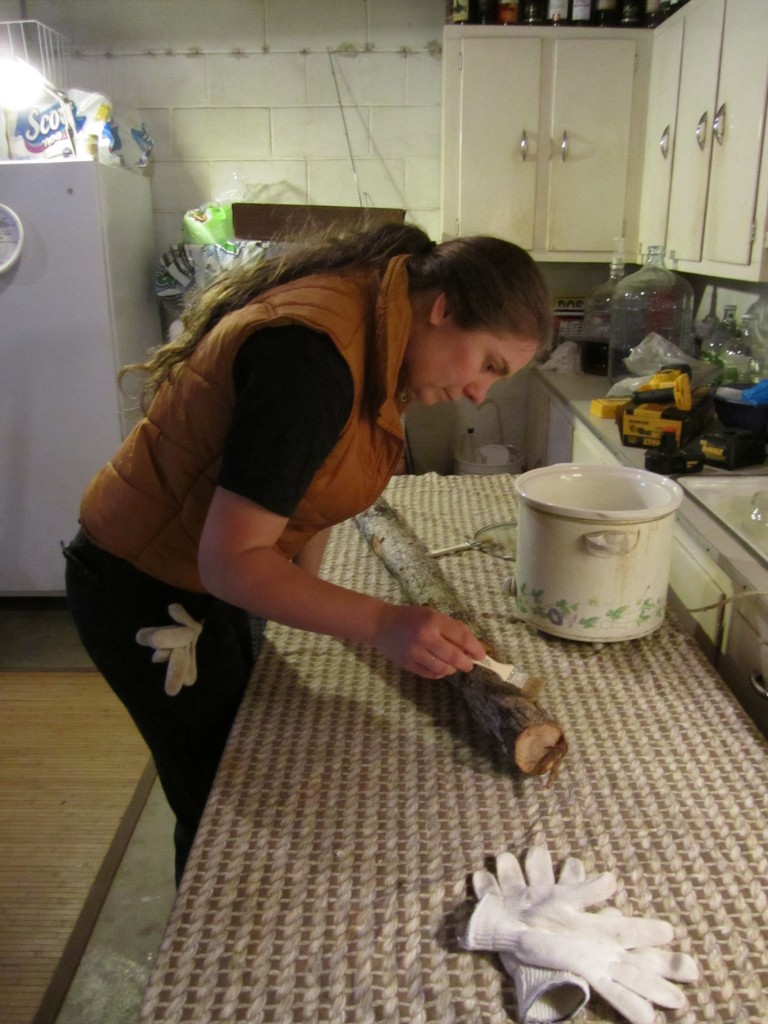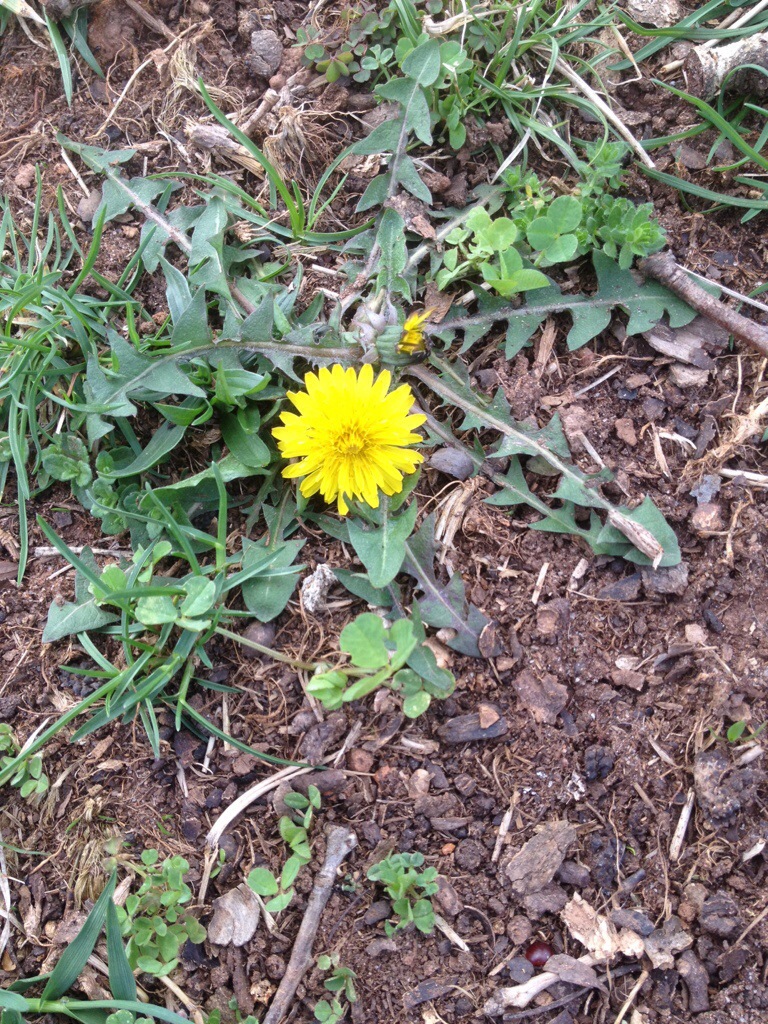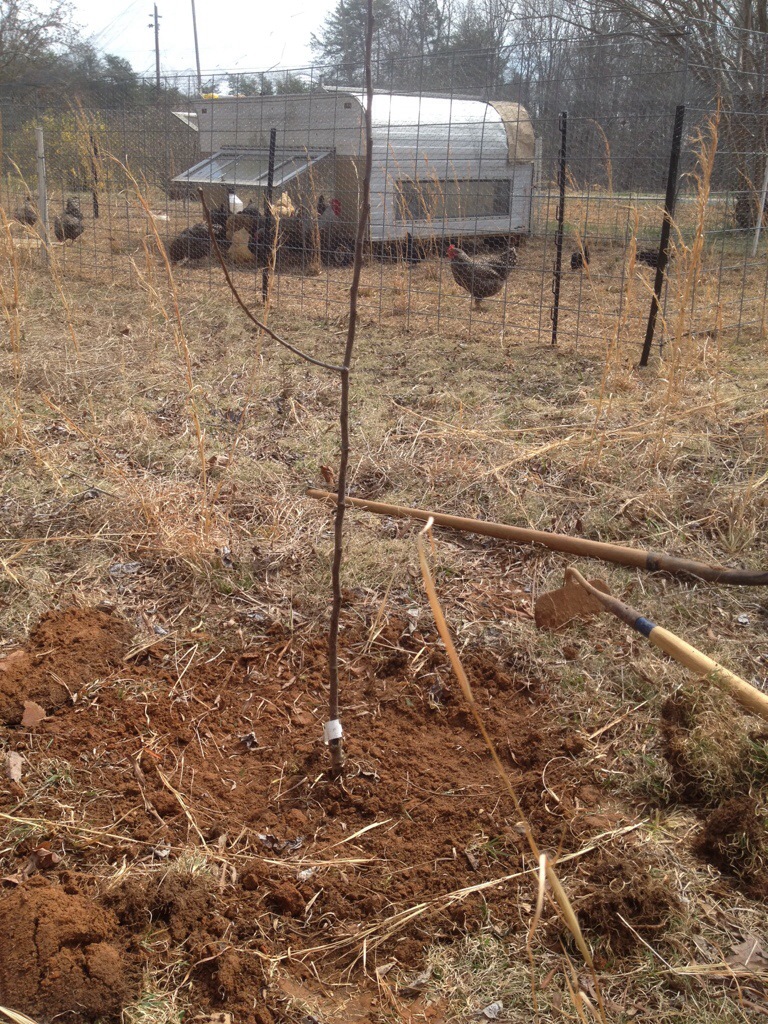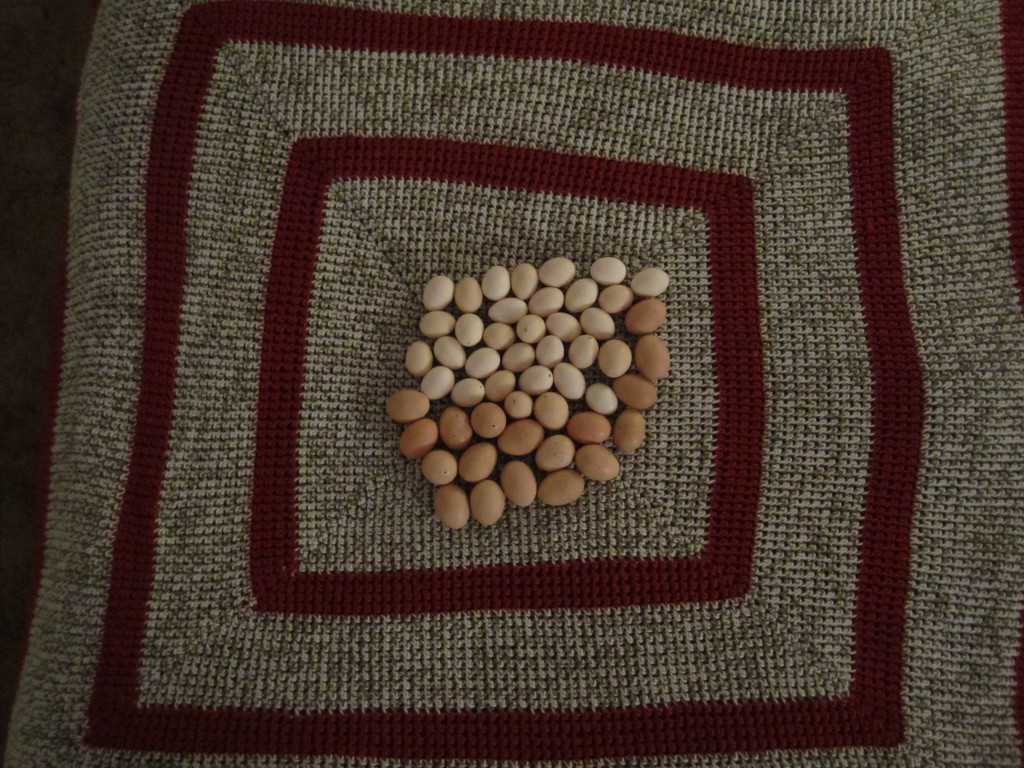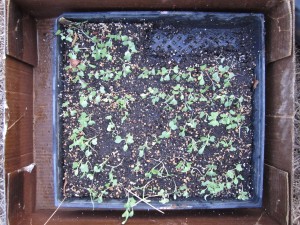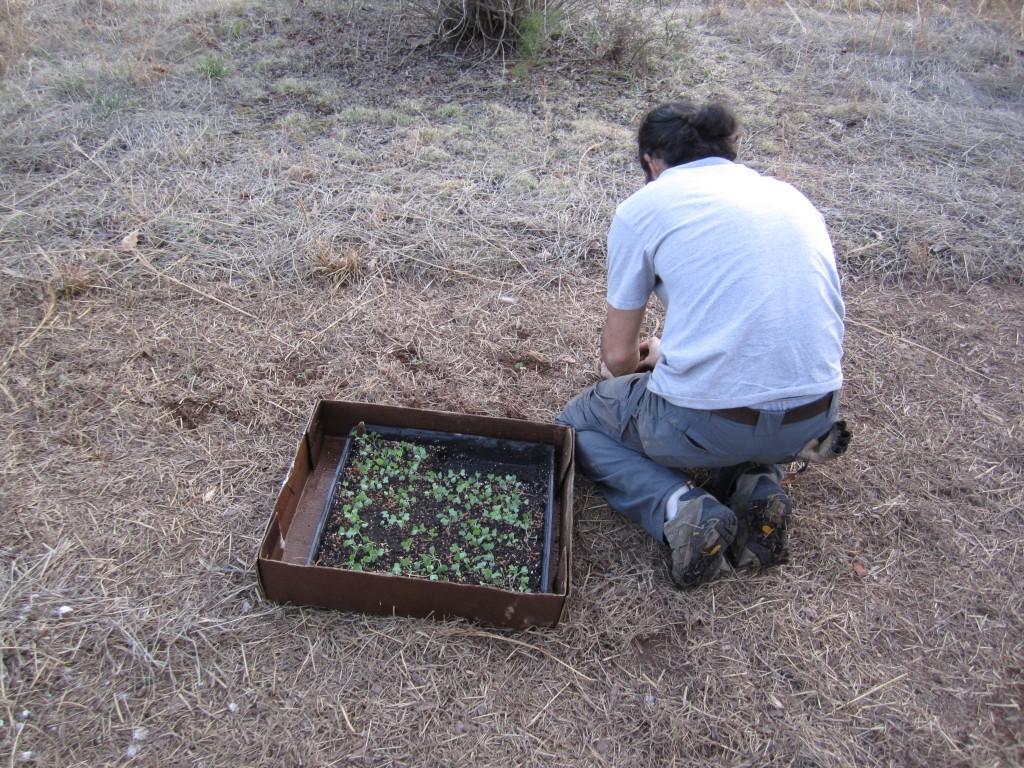It’s been a little over a year since we moved onto our homestead in rural Stokes County, and while it has been amazing and one of the best decisions we have ever made, there were/are some things that took some getting used to. Life in the country is different than life in a city or town, and some of the things that we had come to take for granted, or depend on, are either not available in the country, or just inconvenient. So, I figured I’d jot some things down that we have experienced so far, to help prepare anyone who might be considering taking the leap to move out into the country.
Garbage and Trash
Our county does not provide a trash pickup service. Most rural counties do not, as the numbers don’t work out when you consider the low population densities on our county roads. While this keeps our taxes down, it means that we have to think about our waste products in a different way.
We have found that we produce less waste now than we did in the city, because all of our leftovers and food scraps get fed to our chickens. This also makes our trash less stinky, which is nice. It also diversifies our chickens diet, which makes their waste a higher quality product that can be cycled back into our farm.
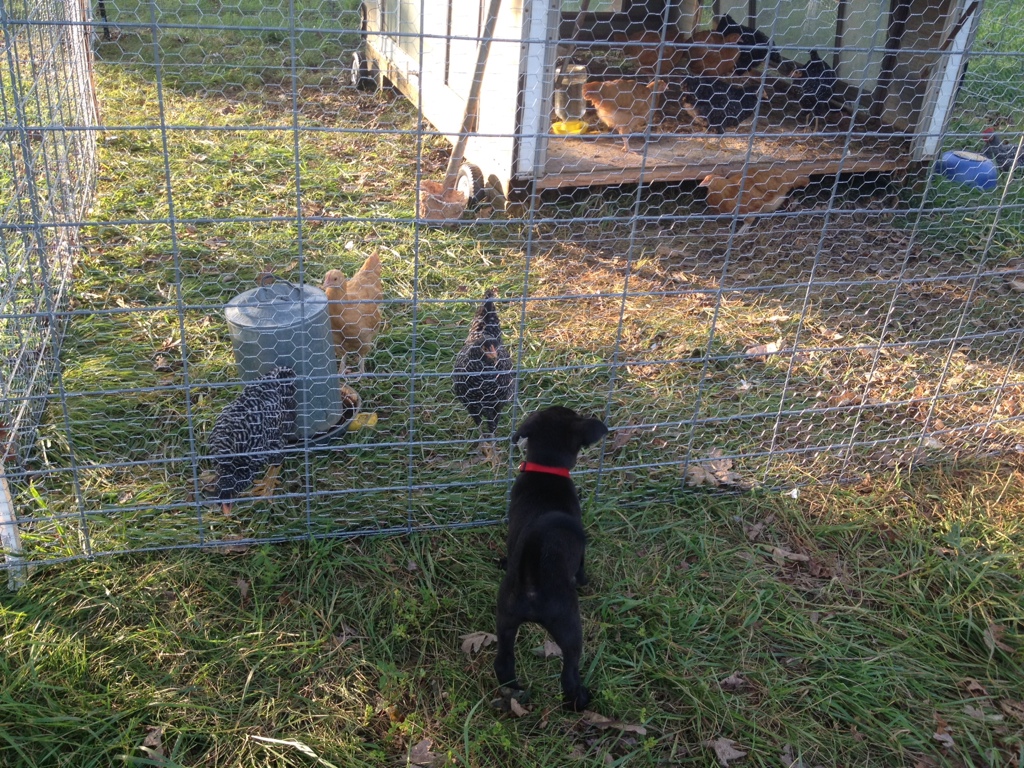
Bolt and the garbage disposals.
But we still have trash to deal with, and for the moment, we are not signed up with a private waste disposal company. Instead, we fill up a few trash bags at a time, put them into our truck, and take them down to one of the county “green box” sites, where we can dump our trash and our recyclables for free. The closest site is maybe 5 miles away, right on the way to and from our city jobs, so this is not a very big hassle.
Septic Systems and Well Water
We have a septic system for our other wastes, and a well for our drinking water. We got both inspected and tested before closing on the homestead (very important), and have not had any problems so far.
An important thing to keep in mind with septic tanks is that the function by bacterial digestion, and that chlorinated bleach and other harsh chemicals can kill your septic systems bacteria, causing it to function inefficiently or worse. We avoid these products, and try to use the most natural and septic approved products we can find, but it does make shopping for detergents more difficult. We still haven’t settled completely on any brand, so feel free to offer any suggestions.
They sell packs of beneficial microbes that boost your septic systems health, but we haven’t used any yet. Our tank was pumped when we moved in, so I’m hoping that by not flushing stupid stuff down our drains, promoting good microbes, and being water conscience, we may not have to have it pumped for a long time. regardless, it’s a simple, and affordable process that only takes a respectable septic pumping company an hour or so to complete.
Our well has been great, providing us with great tasting, chemical free water that city water can’t hold a candle to. However, because it is powered by our electricity, it is dependent on the power being on. This isn’t a huge deal, but is something to consider when preparing for storms and the like.
Drive Times and Distances
We are used to it now, but things are just further away when you live in the country. The nearest grocery store is 15 min. away, which isn’t that far, but is far enough to make us try and get all of shopping done on our way back from work. Our city jobs are almost an hour away each way, which adds up both in time, and gas money. I don’t mind the drive, but it is definitely something to consider when choosing your homestead, or making the move to the country.

Living in the country means more driving, but it’s nothing Bolt can’t handle.
It took us almost a year to find any restaurant that would deliver to us, but we finally found one, a pizza place in Walnut Cove. We are right on the edge of their range, thankfully.
All of these things just require an extra level of planning, and time management. This is especially critical when we are extra busy, or already feel like daylight is in short supply to get all of the chores accomplished.
There are many other things that are different from city living, but most come down to the common theme that living in the country requires you to plan a little more, be more prepared, and take certain matters into your own hands. This isn’t a bad thing, just something to consider when you make the move the country.
